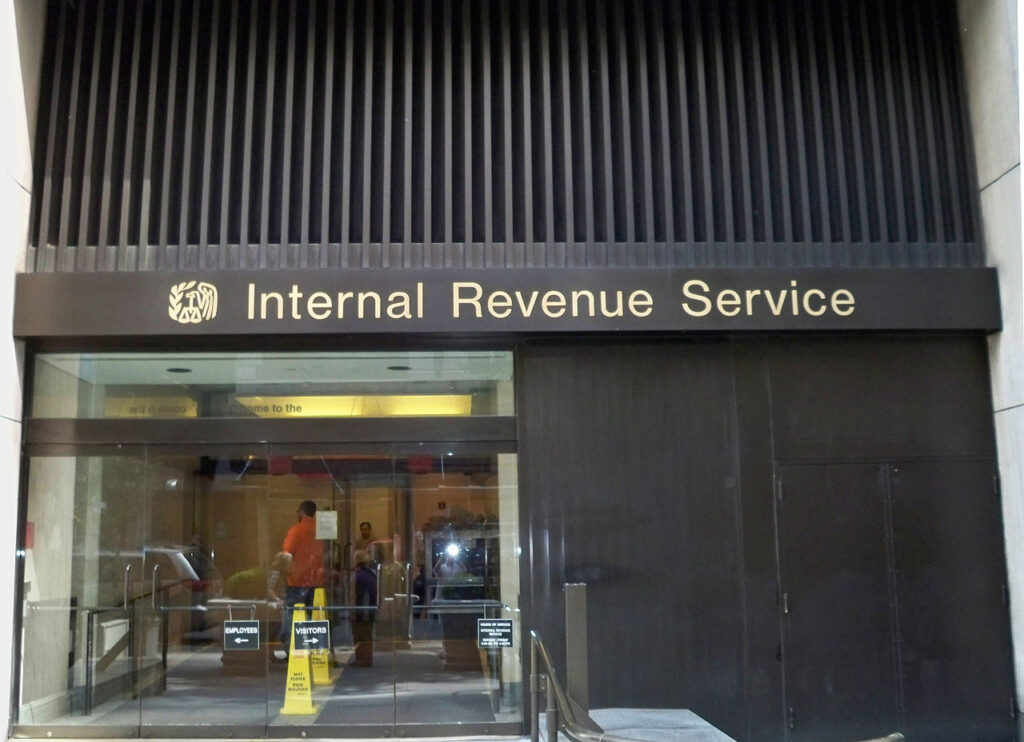
IRS experts provided an update on advance payments of the Child Tax Credit, including who qualifies, payment dates, and also presented a series of online tools to help taxpayers register and manage their payments.
Ken Corbin, director of taxpayer experience for the Internal Revenue Service (IRS) said April 15 was the date for filing tax returns; however, to give people more time it was extended to May 17.
"Many taxpayers requested an extension of time to file their returns, so the extended due date was October 15. We expect a heavy influx of returns, but we also expect the vast majority to be processed expeditiously."
As such, he said during a meeting convened by Ethnic Media Services, billions of dollars in advance payments of the Child Tax Credit have been delivered to families across the country since the end of the filing season, which is one of the most widely used credits in the U.S. and will help more than 39 million households.
The American Bailout Act of 2021 improved that tax credit, which went from $2,000 for each qualifying child under age 17 in 2020, to $3,000 for each child ages 6 to 17, and up to $3,600 for each child under age 6 for this yr.
He also explained that for this 2021 the new law improved the credit by making it fully refundable for certain taxpayers, which means they can benefit from the credit, even if they have no income, as long as they do not owe income tax.
To help people find out how to access credit, Ken Corbin shared some tools available on the site irs.govThe taxpayers can check to see if they are eligible to receive payment of this credit.
"By using the eligibility wizard, an interactive and easy-to-use tool, they have to answer a series of questions about themselves and family members, whether it's a parent or another family member, to quickly determine if they qualify for the credit."
The second tool is for non-filers, useful for those who do not have to file any tax returns and have not yet provided their information, but want to get the Child Tax Credit.
It also recommended this tool if the taxpayer had gross income in 2020 that was less than the applicable standard deduction amount, and has a principal U.S. residence for more than half the year.
The third tool he shared was the Update Portal, which allows families to de-enroll in advance payments in case they prefer to claim the full credit when they file their 2021 tax returns next year.
This tool also allows users to update other information, such as changing the form of payment from a paper check to direct deposit into the bank account, or updating their address.
Some of the new features in this portal, available in the coming weeks, are that it will allow taxpayers to add or remove descendants from the database, report a change in marital status or a significant change in income.
It should be noted that an eligible taxpayer can receive half of the 2021 estimate as an advance payment, while child tax credit payments are made in equal monthly installments from July through December 2021.
Taxpayers who have a principal home in the U.S. for more than half the year also qualify for the advance credit, even if they have no earned income.
"One important aspect I want everyone to know is that the IRS will send a letter to taxpayers in January 2022, showing the amount of the advanced child tax credit and economic impact payments they received this year."
It is very important, he said, that families keep these letters, as they will be needed to accurately fill out their 2021 federal income tax return and make sure that when they file their returns in 2022, it will match the IRS records.
This is significant for most families because the advances they receive during 2021 cover only half of the total credit they are entitled to, so they will have to file their 2021 tax return to get the other half of the credits.
In turn, Sue Simon, IRS Director of Customer Service, Relations and Education, spoke about the work that has been done at the IRS on security, with the goal of stopping identity theft and fraud, so that taxpayers can get the money they have requested.
"We're also going to have a Safety Week, where we're going to be sending out information to make sure we share that message, and that people know the steps to take to protect themselves."
He also invited taxpayers to have an active bank account because that way the return is much faster, as checks can be stolen or lost.
Finally, he urged taxpayers to verify that their Tax Identification Number is correct, and that it has not expired for tax years 2018 to 2020, which will make the refund much faster.
You may be interested in: Congolese refugees in the U.S. struggle to survive COVID-19


